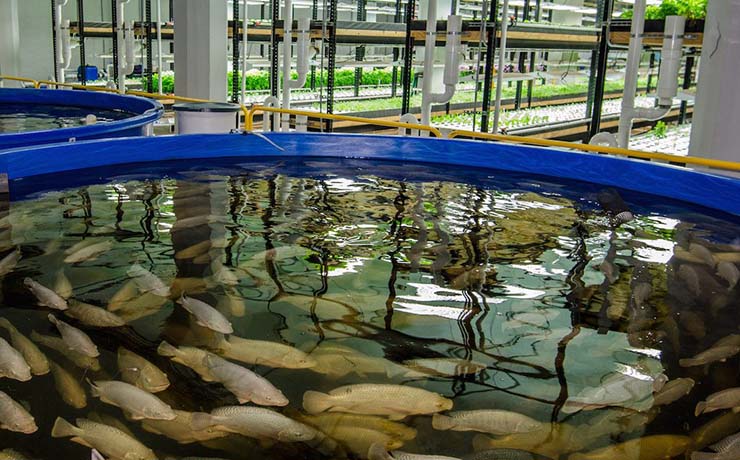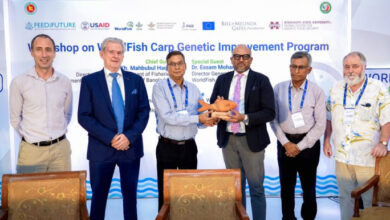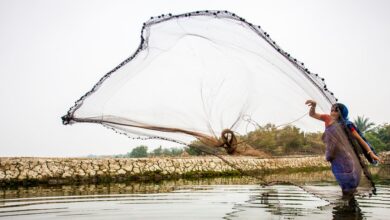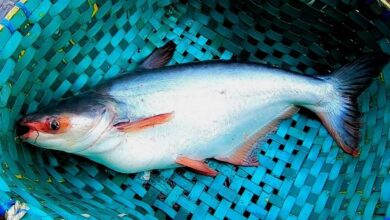
Aquaponics is a method of cultivating both fish and vegetables that is environmentally friendly. Individuals, entrepreneurs, academics, missionaries, and governments all like it. Designing a commercial aquaponics system for a business requires careful planning and consideration of numerous critical variables. This is why, in this article, we present some crucial points for constructing your aquaponics system to maximize your benefits.
What is the Need of Well-Designed Commercial Aquaponics System?
Businesses that want to use this sustainable farming approach must have a well-designed aquaponics system. A well-designed system may be difficult to use at first. However, there are several reasons why a well-designed aquaponics system is critical.
- A well-designed system that is tailored to your specific needs and goals will help it run more efficiently.
- Farming can be done all year round with the right fish and crops and optimal climatic conditions. Ultimately, it will aid in raising total yield.
- By reducing energy use, a well-designed system can help to reduce the requirement for physical work and operational costs.
What should you consider in designing a Business oriented Aquaponics System?
Before designing a commercial system, two important factors to consider are location and space, both of which can affect its success. The design, size, and arrangement of the system will also be influenced by the available space. A commercial system can be costly to build. That is why the costs of components such as grow beds, fish tanks, grow media, pumps, filters, lights, and other materials required to develop and operate an aquaponics system must be considered.
Before designing and implementing an aquaponics system for business, it is critical to create a detailed business plan that includes market research. A detailed aquaponics business plan will assist you in designing a system that fits the needs of your consumers while also ensuring profitability. Because different plants have different growth rates and nutrient requirements, crop and fish selection will influence system design. When designing your aquaponics system, it is critical to consider factors such as market demand, plant compatibility, and the size of your fish tank.
Proper Maintenance:
The first and most critical aspect of running a successful aquaponics garden is keeping the fish healthy. All fish require oxygen to survive and thrive, thus a robust aeration system is critical. Any unusual temperature rise or fall can cause issues for the fish. Check to find what temperature works best for the sort of fish you have.
The water’s pH should be between 7 and 7.5, which is neither acidic nor alkaline. The fish are overfed, and the uneaten fish feed disintegrates and gathers at the aquarium’s bottom.
By checking the water quality on a regular basis, you ensure that any issues that occur are corrected long before they have the opportunity to do actual harm.
Aquaponics is a very efficient and sustainable method of cultivating plants and raising fish. You can get more out of your aquaponics system by understanding about the nitrogen cycle, water temperature, and bacteria levels.
Farhana Islam
Agriculturist, Researcher




